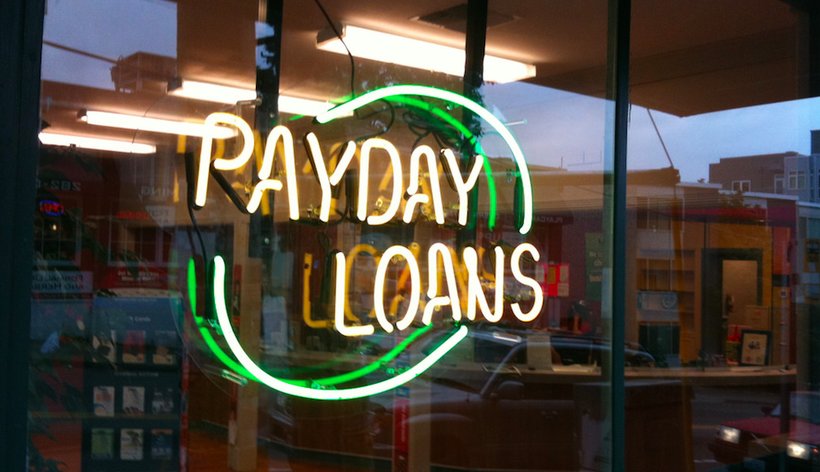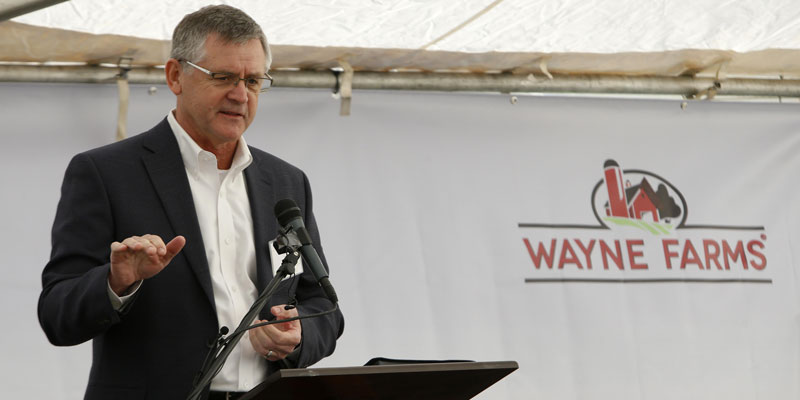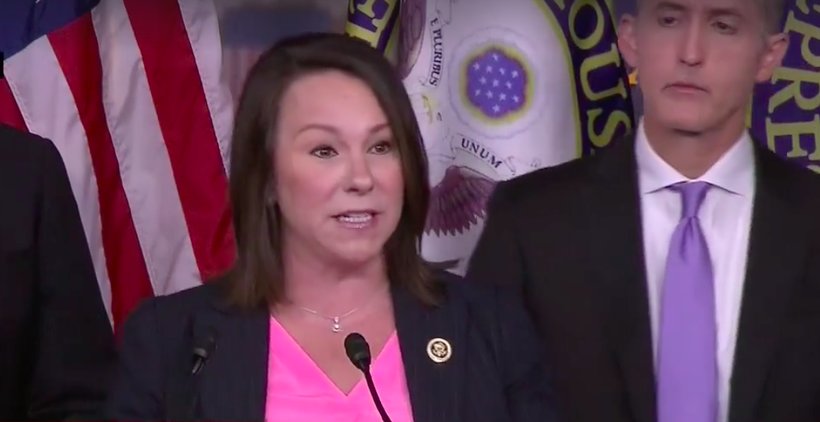
Payday lending is often portrayed as a manipulative industry only concerned with preying on naïve consumers. Thus, it is no surprise that Alabama policymakers are calling for restrictions against the industry.
Without an understanding of economics and finance, however, well-intended regulators could harm the very payday loan customers they are hoping to help.
It is important to recognize that payday lending meets an important need in the community. According to a survey by Federal Reserve economist Gregory Elliehausen, over 85 percent of payday lending customers reported that they took out a payday loan in order to meet an unexpected expense. While we all face unexpected expenses, the typical payday lending customer finds these circumstances especially difficult since traditional lenders and even close friends and family are often reluctant–or unable–to make unsecured loans to them given their poor credit histories.
While the need for short-term lending often isn’t disputed, reports of Annual Percentage Rates (APR) of several hundred percent often invoke anger and hostility, and provide the impetus for calls to restrict this rate to under 40 percent. But this is an inappropriate portrayal. The typical payday lending loan is under $400, lasts under four weeks (even including consecutive new loans and renewals), with an interest charge under $19 per $100.
Where does the high APR come from, then? For example, let’s assume you take out a $400 loan for two weeks with a total finance charge of $76. That amounts to a nearly 495 percent APR using a common calculation. Basically, the APR is calculated by projecting the interest rate for an entire year! Looking at the APR, however, is extremely misleading because the vast majority of these loans last only two to four weeks. Limiting the APR to 40 percent would mean that a payday lender could only charge $6.14 for a two-week loan of $400.
Would you be willing to lend an unsecured $400 out of your own pocket to a financially risky person for two weeks for only $6? Certainly not! Especially if you consider that, as a payday lender, you would have to pay rent on a building, pay your electricity bill, make payroll, and incur expected losses on unpaid loans.
Even without interest rate restrictions, payday lending isn’t a very lucrative business; a Fordham Journal of Corporate & Finance Law study finds that the typical payday lender makes only a 3.57 percent profit margin. That is fairly low when you consider that the average Starbucks makes a 9 percent profit margin and the average commercial lender makes a 13 percent profit. Interestingly enough, the average bank overdraft charge of $36–an alternative option for payday lending customers–could easily result in an APR of several thousand percent.
In a review of the research on payday lending in the Journal of Economic Perspectives, economist Michael Stegman recommends that policymakers resist implementing legislation restricting the interest rate charged by payday lenders and instead examine ways to help prevent the small number of customers who are caught in a cycle of payday lending debt. This is because the vast majority of payday lending customers pay off their debts and voluntarily agree to the interest rates charged. In fact, Gregory Elliehausen finds that over 88% of payday lending customers were satisfied with their most recent loan from a payday lender. Almost no payday loan customers reported that they felt they had insufficient or unclear information when taking out their loan.
Christy Bronson, a senior economics student at Troy University, conducted a survey to see if these national results held true here in Alabama. The results from her study on payday lending customers in the Wiregrass area corroborated these national results. A full 100 percent of respondents reported being satisfied with their most recent payday loan experience and 78 percent reported being satisfied with their payday loan experiences overall. If most payday lending customers were caught in a vicious debt cycle, you would expect customer satisfaction to be much lower. Survey participants in the Wiregrass area also overwhelmingly indicated that they were satisfied with their knowledge and understanding of the terms and conditions of payday lending. The survey also found that payday lending customers in the Wiregrass area used payday loans moderately and found that the overwhelming majority of payday lending customers do not consider themselves to be in financial difficulty as a result of using payday loans.
There is a logical explanation for these findings. Payday lenders don’t profit from customers who can’t repay their loans. Cycling debt only increases the risk that the payday lender will not get their interest or principal back and will lose out to secured creditors in a bankruptcy. This is why many payday lenders in Alabama came together to form Borrow Smart Alabama, an organization designed to better inform payday lenders and to set a code of ethics and accountability for payday lenders in Alabama.
Running payday lenders out of business with severe interest rate restrictions or costly regulation won’t keep customers in urgent need of cash from borrowing money. We know from experience that banning goods or services that people want doesn’t prevent a black market from emerging. Just look at examples of alcohol, drug, and gun prohibition. Payday lending customers, lacking the credit worthiness required for traditional lines of credit, will only be forced to use less desirable–and more expensive–credit options such as loan sharks, online lending, or overdrawing their bank account or credit card.
Daniel J. Smith is the associate director of the Johnson Center at Troy University. Follow him on Twitter: @smithdanj1. Christy Bronson is a senior economics major at Troy University.











